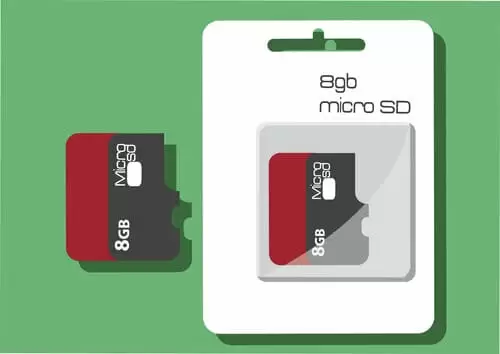Memory cards are one of the many miracles of today’s digital world. They are the keepers of all the memories we hold dear, so it seems only fair that we know how to properly care for them.
Many people panic when they get a SD card error or lose data and then need an SD card data recovery company, but in this article, we will go through some common occurrences and usage tips to make you a more relaxed, more in-control SD card owner.
Quick Overlook
1. Invest in Protection
It may be tempting to just leave the card lying around when it’s outside of your device, but this exposes it to dust particles and other forms of damaging debris.
Either pack up the card in its original plastic case or invest in a special memory card storage box to protect it in the long-term.
2. Remember to Reformat
Some view this step as an unnecessary nuisance, but in order to keep your cards working properly, it’s recommended that you reformat after each shoot.
And while some prefer reformatting from their computer, other photography pros encourage reformatting from the camera.
3. Know the Warning Signs
Just because something’s off with your memory card, that won’t cause it to die out instantly. You might experience glitches or other issues, but the card might still appear functional.
If so, we recommend replacing the card, so as to protect your data and your devices.
4. Never Delete Your Pictures from the Camera
Deleting directly from your camera is handy and seems logical, but the little known truth is that it leaves debris on the memory card data, thus essentially taking up space.
In order for a photo to be completely gone, you need to delete it directly from your computer.
5. Stop Before It’s Full
While it seems logical to want to get the most out of your precious gigabytes, some experts say that filling up a memory card to max capacity can cause problems with the functionality of that card.
Ideally, only use three-thirds of your memory card.
6. Shut Down the Device Before Removing the Card
It doesn’t seem like a big deal, but it’s not uncommon to get an electrically charged shock if you attempt to remove the card without closing the camera.
At the very least, this threatens to damage the camera’s functionality, as well as the memory card itself.
7. Go for a Card Reader
It’s easy to just plug the camera into the computer and go from there, but this poses the threat of having your battery die out mid-transfer.
This can cause you to lose data and may even corrupt the card, so take the extra two seconds and use a card reader instead.
8. Charge Those Batteries
Speaking of battery, make sure your camera is well-charged before you begin shooting. As before, having a camera die in the process of writing a file can corrupt the entire memory card.
9. Just Stop Shooting
We all know those confusing first few minutes when you first encounter an issue with your card. It’s quite tempting to continue shooting, just to see how the memory card reacts.
But this can cause huge problems with it. If you encounter an issue with your memory card, your best bet is to immediately discontinue use and call for help. That way, you might still get to recover some of your precious data.
10. Have Backup
Lastly, always keep more than one memory card on you, if you are an avid shooter. And if your camera has multiple card slots (as many of them do), make sure to fill them all.
That way should a problem occur with your first card, you can still go using the second one, and you may even be able to protect some of your pictures.
Memory cards are an essential aspect of our digital life, so it only makes sense that you should properly care for them, as you would your other electronic devices.
What about you? Any card-holder’s tips and tricks we should know about? Let us know in the comments!
